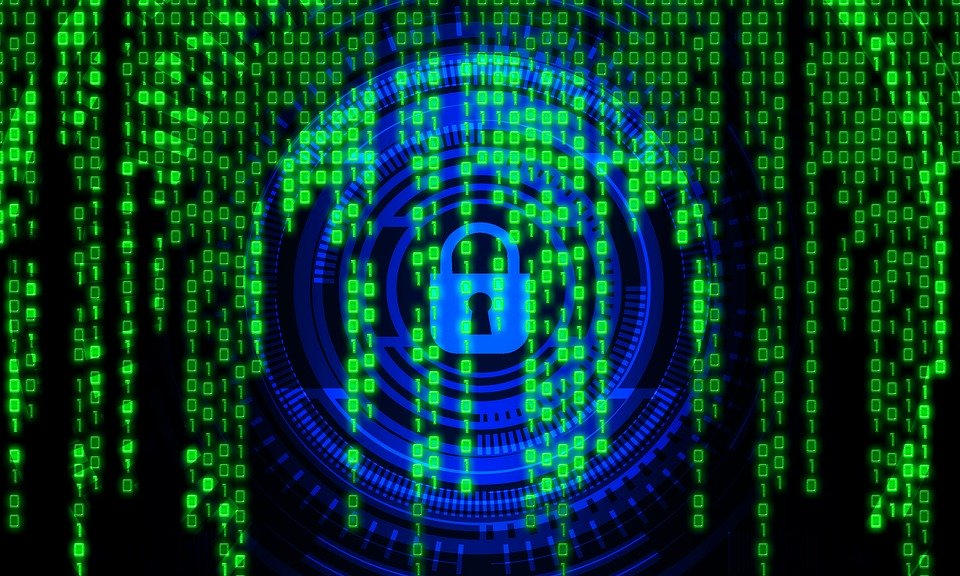
According to Cybersecurity Ventures Annual Cybercrime Report, global cybercrime damages could reach 10.5 trillion USD by 2025. These costs include stolen money, destruction of data, embezzlement, data theft, lost productivity, post-attach disruption, fraud, and restoration.
How to Guard Against Common Cybersecurity Risks
From ransomware to malware, cybersecurity threats cause harm to your bottom line and company reputation. Here’s how to recognize and guard against common cybersecurity risk
1. Malware
Malware is the most common cybersecurity threat, and it comes in many forms. For malware to infect your computer, it needs to install itself on a target system. Once a computer is infected, malware may prevent access to software, delete files, and steal accessible information or data.
How to prevent malware: Installing anti-malware software can be your first line of defense, but it’s also essential to avoid suspicious websites and clicking on bizarre links or files.
2. Ransomware
Ransomware is a terrifying form of malware that installs itself onto systems in a similar way as regular malware. However, ransomware prevents access to certain functionalities or the entire system until the user pays a ransom. The ransom doesn’t prevent your data from being stolen.
How to prevent ransomware: Ransomware's website has plenty of prevention and recovery tips. Keeping backups and replications on hand can prevent further damage to the system.
3. Password Theft
Sometimes a user may not actually be “hacked” in the traditional sense. If you use a weak or commonly used password (123456 or qwerty), just about anyone could steal your information by making a few guesses. However, brute force programs can also cycle through passwords.
How to prevent password theft: Always create a strong password (12-characters or longer), never repeat the same code for different accounts, and enable two-factor authentication.
4. Phishing Attack
Phishing scams are the most common form of social engineering attack, meaning a hacker will manipulate another user into giving away their details. With these attacks, the end-user typically receives a message or email that asks for sensitive info, presumably from a legitimate source.
How to prevent phishing attacks: Most phishing emails have spelling and syntax errors. Even if they’re well-typed, legitimate organizations will never ask for personal data through email.
5. DDoS Attack
DDoS is an acronym for “Distributed Denial of Service.” During a DDoS attack, a malicious actor will flood a business server with traffic, which typically causes a total shutdown. Websites or software placed on the server will either shut down as well or slow down and become unusable.
How to prevent DDoS attacks: Businesses can’t necessarily prevent these types of attacks unless they identify malicious traffic and halt access. You’ll need to go offline for maintenance.
6. MITM Attack
MITM or man-in-the-middle attack occurs when a third party hijacks a session between host and client. A hacker will use a fake IP to disconnect a client, then request information from the client to reconnect them. The hacker will use this info to install viruses on a network or system.
How to prevent MITM attacks: Never use an unencrypted Wi-Fi network without a VPN or another encryption method. HTML5 can also help prevent your session from being hijacked.
7. SQL Injection
A Structured Query Language (SQL) injection is a cyberattack that targets servers that use the SQL coding language. Since SQL is used for databases, these files are often filled with user data and other sensitive information. An SQL injection installs code that releases said info.
How to prevent SQL injections: Create code that identifies or prevents illegal inputs from all users. Install firewalls that can detect, filter, or lock out unwanted guests and malicious actors.
